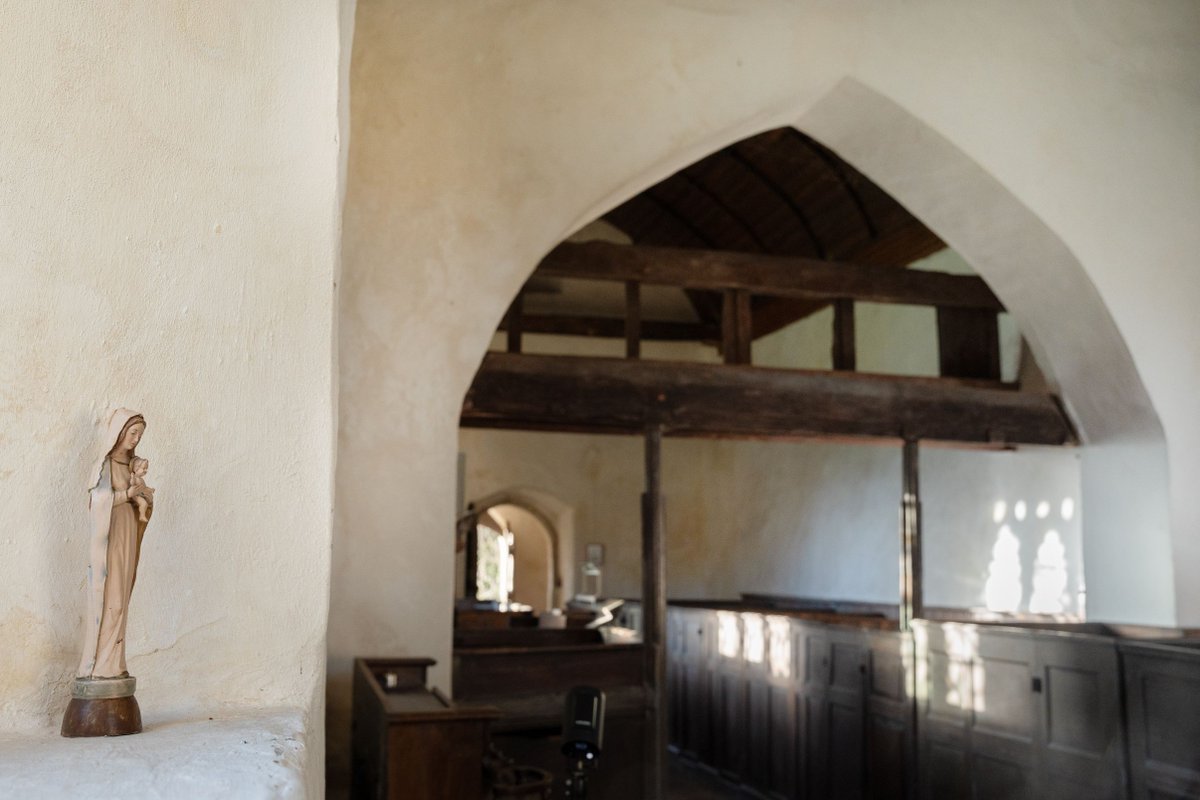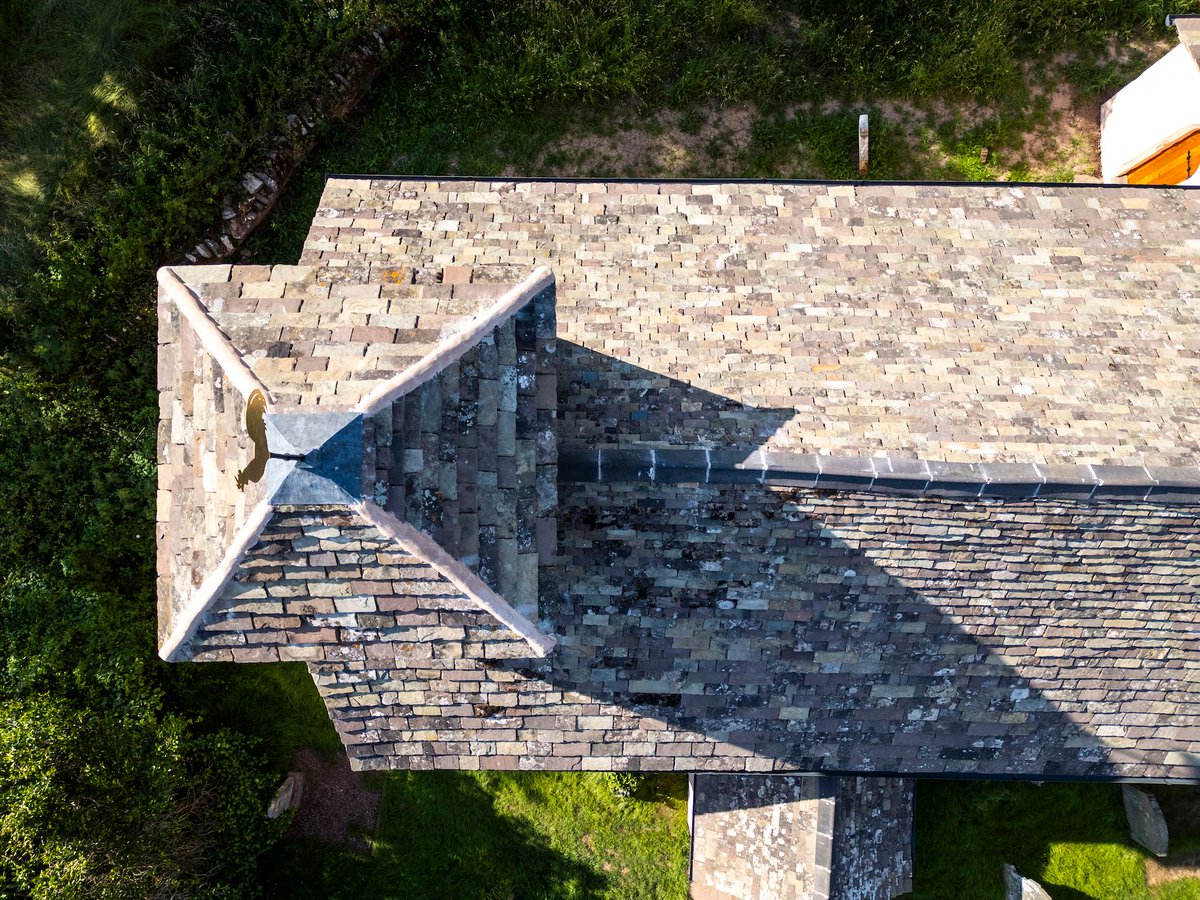Today's #thread is brought to you by wonderful Welsh history blogger
@hisdoryan!
Did you know that the 25th of January is St Dwynwen’s Day (Dydd Santes Dwynwen) here in Wales? St Dwynwen is the Welsh patron saint of lovers…
♥️
@hisdoryan!
Did you know that the 25th of January is St Dwynwen’s Day (Dydd Santes Dwynwen) here in Wales? St Dwynwen is the Welsh patron saint of lovers…
♥️

In the famous story, Dwynwen fell in love with Maelon Dafodrill but she was already betrothed by her father to another prince.
2/
2/
Dwynwen fled to the forest, where she prayed that God would make her forget her love. She fell asleep, and was visited by an angel with a potion that erased all memory of Maelon and turned him into a block of ice.
3/
3/
She was granted three wishes by God. Her first wish was that Maelon be thawed. Her second wish was that God hear the hopes and prayers of lovers who needed assistance. Her final wish was that she never marry.
4/
4/

Her wishes were fulfilled and to show her gratitude Dwynwen set up a convent on Llanddwyn Island (Ynys Llanddwyn), a tidal island just off the west coast of Anglesey.
5/
5/

You can still see the remains of it today, along with Dwynwen's well. It is said the well was home to sacred fish who can predict whether couples’ relationships would succeed! 
🐟 🐟
📸: esbardd (CC)
6/
🐟 🐟
📸: esbardd (CC)
6/

In the 14th century, Dafydd ap Gwilym, one of the greatest Welsh poets of all time (who’s buried at Strata Florida, Ceredigion), wrote a poem for St Dwynwen asking for help with his secret trysts with his married lover. 🤫
📸: Strata Florida Abbey, William M. Connolley (CC)
7/
📸: Strata Florida Abbey, William M. Connolley (CC)
7/

But the story of St Dwynwen as we now know it first emerged in 1848, when manuscripts by Welsh antiquarian and founder of the Gorsedd, Iolo Morganwg, were translated into English.
8/
8/

Iolo Morganwg has a mixed reputation, with many academics thinking parts of his work are pure forgery. There’s a significant chance the story of Dwynwen is fabricated, but there’s also evidence to suggest she was a real person - a daughter of 5th century king Brychan Brycheiniog.
Over the last seventy years the celebration of St Dwynwen’s Day has continued to grow in popularity. The first St Dwynwen’s day cards were made by Bangor University student Vera Williams in the 1960s, but now you can find them in most card shops in Wales this time of year.
9/
9/
Dydd Santes Dwynwen is the perfect day to show your loved one that you care, or tell that special someone how you really feel – I only hope you are more lucky in love than Dwynwen herself!
10/
10/

Thanks so much to
@hisdoryan for telling us St Dwynwen’s story. ♥️
Please do give her a follow!
And have a very happy St Dwynwen’s Day! 
11/11
@hisdoryan for telling us St Dwynwen’s story. ♥️
Please do give her a follow!
And have a very happy St Dwynwen’s Day! 
11/11

• • •
Missing some Tweet in this thread? You can try to
force a refresh






















